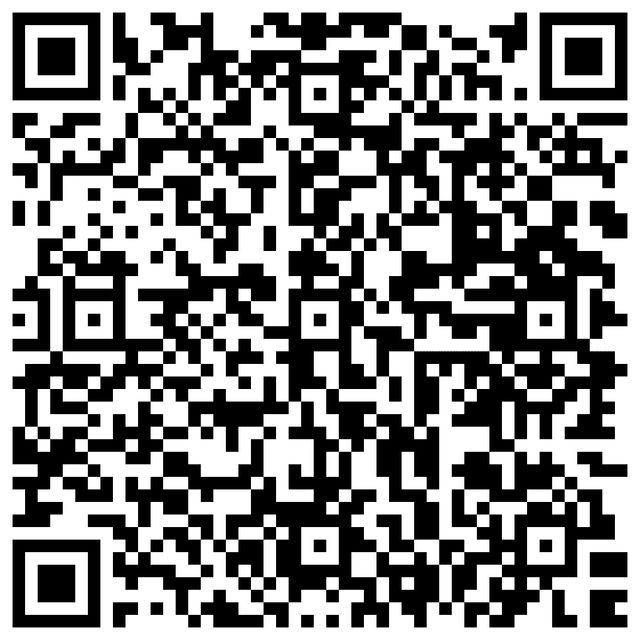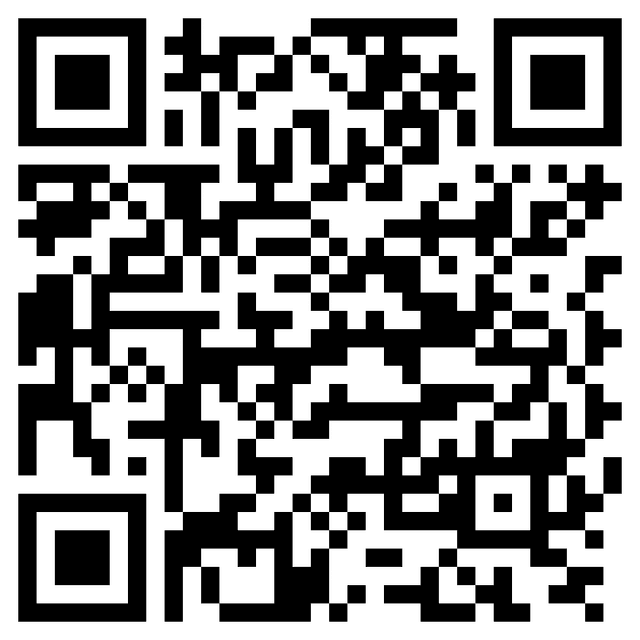
Thomas Jefferson
3rd U.S. President
Education
- Enlightenment philosophy - College of William and Mary
- law degrees - various universities
Overview
Thomas Jefferson was an American statesman, diplomat, lawyer, architect, philosopher, and Founding Father who served as the third president of the United States from 1801 to 1809. Among the Committee of Five charged by the Second Continental Congress with authoring the Declaration of Independence, Jefferson was the document's primary author. Following the American Revolutionary War and prior to becoming president in 1801, Jefferson was the first U.S. secretary of state under George Washington and then the nation's second vice president under John Adams.
Jefferson's writings and advocacy for human rights, including freedom of thought, speech and religion, helped inspire the American Revolution, which ultimately led the successful American Revolutionary War. This in turn led to American independence, the Constitution of the United States, and the establishment of the United States as a free and sovereign nation. He was a leading proponent of democracy, republicanism, and individual rights, and produced formative documents and decisions at the state, national and international levels. During the American Revolution, Jefferson represented Virginia at the Second Continental Congress, which adopted the Declaration of Independence, and served as the second governor of Virginia from 1779 to 1781. In 1785, Congress appointed Jefferson U.S. minister to France, where he served from 1785 to 1789. President Washington then appointed Jefferson the nation's first secretary of state, where he served from 1790 to 1793. During this time, in the early 1790s, Jefferson and James Madison organized the Democratic-Republican Party to oppose the Federalist Party during the formation of the nation's First Party System. With Madison, Jefferson anonymously wrote the Kentucky and Virginia Resolutions in 1798 and 1799, which sought to strengthen states' rights by nullifying the federal Alien and Sedition Acts.
Jefferson and Federalist John Adams became both friends and political rivals, serving in the Continental Congress and drafting the Declaration of Independence together. In the 1796 U.S. presidential election between the two, Jefferson came in second, which according to electoral procedure at the time made him Adams' vice president. Jefferson challenged Adams again four years later, in 1800, and won the presidency. In 1804, Jefferson was overwhelmingly reelected to a second term as president. While then constitutionally eligible to run for a third term, Jefferson followed Washington's precedent of limiting his presidency to two terms. Jefferson eventually reconciled with Adams, and the two shared a correspondence that lasted 14 years. He and Adams both died within hours of each other on the same day, July 4, 1826, the 50th anniversary of the Declaration of Independence.
As president, Jefferson pursued the nation's shipping and trade interests against Barbary pirates and aggressive British trade policies. Beginning in 1803, he promoted a western expansionist policy with the Louisiana Purchase, which doubled the nation's claimed land area. To make room for settlement, Jefferson began the process of Indian tribal removal from the newly acquired territory. As a result of peace negotiations with France, his administration was able to reduce military forces and expenditures. Jefferson's second term as president was beset by difficulties at home, including the trial of former vice president Aaron Burr. In 1807, American foreign trade was diminished when Jefferson implemented the Embargo Act in response to British threats to U.S. shipping.
Jefferson was a slave owner, but also condemned the slave trade in his draft of the Declaration of Independence and signed the Act Prohibiting Importation of Slaves in 1807. Since the 1790s, he was rumored to have had children by his slave Sally Hemings. According to scholarly consensus, Jefferson probably fathered at least six children with Hemings, including four that survived to adulthood.
After retiring from public office, Jefferson founded the University of Virginia. Presidential scholars and historians generally praise Jefferson's public achievements, including his advocacy of religious freedom and tolerance, his peaceful acquisition of the Louisiana Territory from France, and the successful Lewis and Clark Expedition. Jefferson is consistently ranked among the top ten presidents in American history, and he has been praised for the "depth and breadth of his wide-ranging intelligence".
Early Life
Thomas Jefferson was born on April 13, 1743 at the family's Shadwell Plantation in the British Colony of Virginia, the third of ten children. He was of English, and possibly Welsh, descent and was born a British subject. His father, Peter Jefferson, was a planter and surveyor who died when Jefferson was fourteen; his mother was Jane Randolph. Peter Jefferson moved his family to Tuckahoe Plantation in 1745 upon the death of William Randolph III, the plantation's owner and Jefferson's friend, who in his will had named Peter guardian of Randolph's children. The Jeffersons returned to Shadwell in 1752. In 1753, Thomas attended the wedding of his uncle Field Jefferson to Mary Allen Hunt, and Field became a close friend and early mentor.
Jefferson's father Peter died in 1757, and his estate was divided between his sons Thomas and Randolph. John Harvie Sr. then became 13-year-old Thomas' guardian. Thomas inherited approximately 5,000 acres (2,000 ha; 7.8 sq mi) of land, which included Monticello, and he assumed full legal authority over the property at age 21.
Jefferson began his education together with the Randolph children at Tuckahoe under the guidance of tutors.[25] Thomas' father Peter, who was self-taught and regretted not having a formal education, entered Thomas into an English school at age five. In 1752, at age nine, he attended a local school run by a Scottish Presbyterian minister and also began studying the natural world, which he grew to love. At this time he began studying Latin, Greek, and French, while learning to ride horses as well. Thomas also read books from his father's modest library. He was taught from 1758 to 1760 by the Reverend James Maury near Gordonsville, Virginia, where he studied history, science, and the classics while boarding with Maury's family. Jefferson then befriended and came to know various American Indians, including the well known Cherokee chief Ostenaco, who often stopped at Shadwell to visit on their way to Williamsburg to trade. During the two years Jefferson was with the Maury family, he traveled to Williamsburg and was a guest of Colonel John Dandridge, father of Martha Washington. In Williamsburg, the young Jefferson met and came to admire Patrick Henry, eight years his senior, and shared a common interest in violin playing.
Jefferson entered the College of William & Mary in Williamsburg, Virginia, in 1761 at age 16 and studied mathematics, metaphysics, and philosophy with William Small. Under Small's tutelage, Jefferson encountered the ideas of the British Empiricists, including John Locke, Francis Bacon, and Isaac Newton. Small introduced Jefferson to George Wythe and Francis Fauquier. Small, Wythe, and Fauquier recognized Jefferson as a man of exceptional ability and included him in their inner circle, where he became a regular member of their Friday dinner parties where politics and philosophy were discussed. Jefferson later wrote that, while there, he "heard more common good sense, more rational & philosophical conversations than in all the rest of my life".
During his first year at the college, Jefferson spent a considerable amount of time attending parties and dancing and was not very frugal with his expenditures; in his second year, regretting that he felt he had squandered away time and money in his first year, he committed studying fifteen hours a day. Jefferson improved his French and Greek and his skill at the violin. He graduated two years after starting, in 1762. He read the law under Wythe's tutelage to obtain his law license while working as a law clerk in his office. He also read a wide variety of English classics and political works. Jefferson was well-read in a broad variety of subjects, which, along with law and philosophy, included history, natural law, natural religion, ethics, and several areas in science, including agriculture. Overall, he drew very deeply on the philosophers. During the years of study under the watchful eye of Wythe, Jefferson authored a survey of his extensive readings in his Commonplace Book. Wythe was so impressed with Jefferson that he later bequeathed his entire library to him.
In July 1765, Jefferson's sister Martha married his close friend and college companion Dabney Carr, which was greatly pleasing to Jefferson. In October of that year, however, Jefferson mourned his sister Jane's unexpected death at age 25; he wrote a farewell epitaph for her in Latin.
Jefferson treasured his books and amassed three sizable libraries in his lifetime. He began assembling his first library, which grew to 200 volumes, in his youth. It included books inherited from his father and left to him by George Wythe, but was destroyed when his Shadwell home burned in a 1770 fire. His second library, however, replenished the first. It grew to 1,250 titles by 1773, and to nearly 6,500 volumes by 1814. Jefferson organized his wide variety of books into three broad categories corresponding with elements of the human mind: memory, reason, and imagination. After the British destroyed the Library of Congress in the August 1814 Burning of Washington, Jefferson sold his second library to the U.S. government for $23,950, hoping to help jumpstart the Library of Congress' collection and rebuilding. Jefferson used a portion of the proceeds to pay off some of his large debt, remitting $10,500 to William Short and $4,870 to John Barnes of Georgetown. However, Jefferson soon resumed collecting what amounted to his third personal library, writing to John Adams, "I cannot live without books." He began to construct his third library with many of his personal favorites. By the time of his death a decade later, the library had grown to nearly 2,000 volumes.
Career
- United States - 3rd President
Recognition
Jefferson has been memorialized with buildings, sculptures, postage, and currency. In the 1920s, Jefferson, together with George Washington, Theodore Roosevelt, and Abraham Lincoln, was chosen by sculptor Gutzon Borglum and approved by President Calvin Coolidge to be depicted in a stone national memorial at Mount Rushmore in the Black Hills of South Dakota.
The Jefferson Memorial was dedicated in Washington, D.C., in 1943, on the 200th anniversary of Jefferson's birth. The interior of the memorial includes a 19-foot (6 m) statue of Jefferson by Rudulph Evans and engravings of passages from Jefferson's writings. Most prominent among these passages are the words inscribed around the Jefferson Memorial in the frieze below the dome: "I have sworn upon the altar of God eternal hostility against every form of tyranny over the mind of man", a quote from Jefferson's September 23, 1800, letter to Benjamin Rush.
In October 2021, in response to lobbying by activists, the New York City Public Design Commission voted unanimously to remove a statue of Jefferson from the chamber of the New York City Council in Manhattan, where it had stood for more than a century. The statue was taken down the next month.



